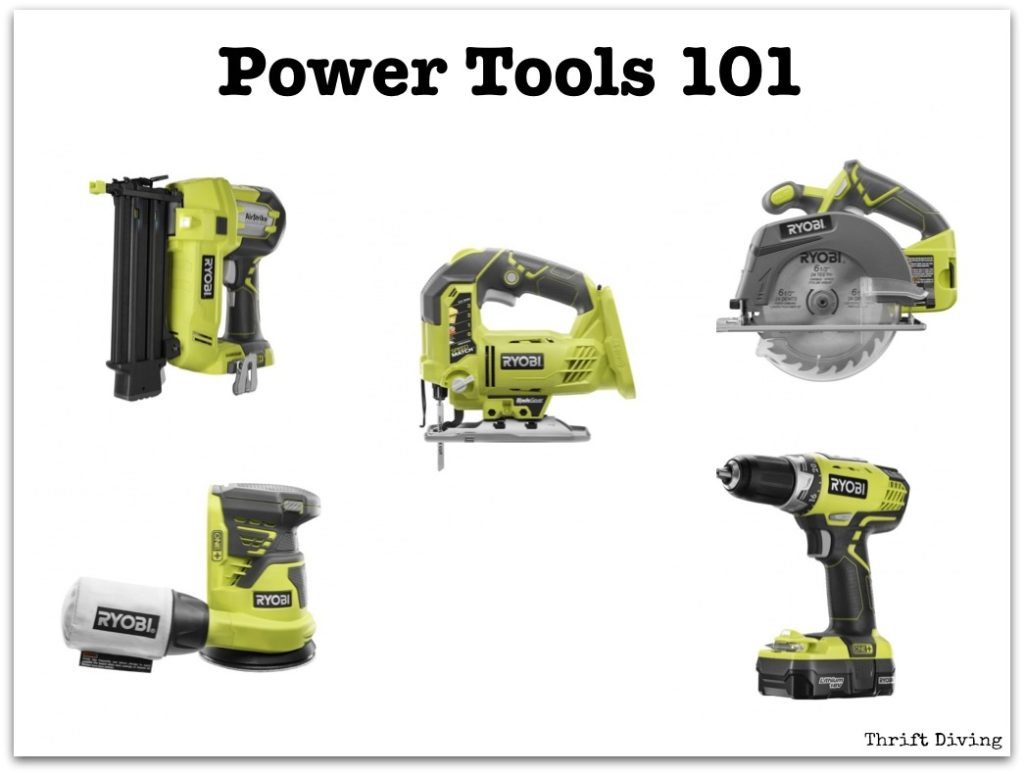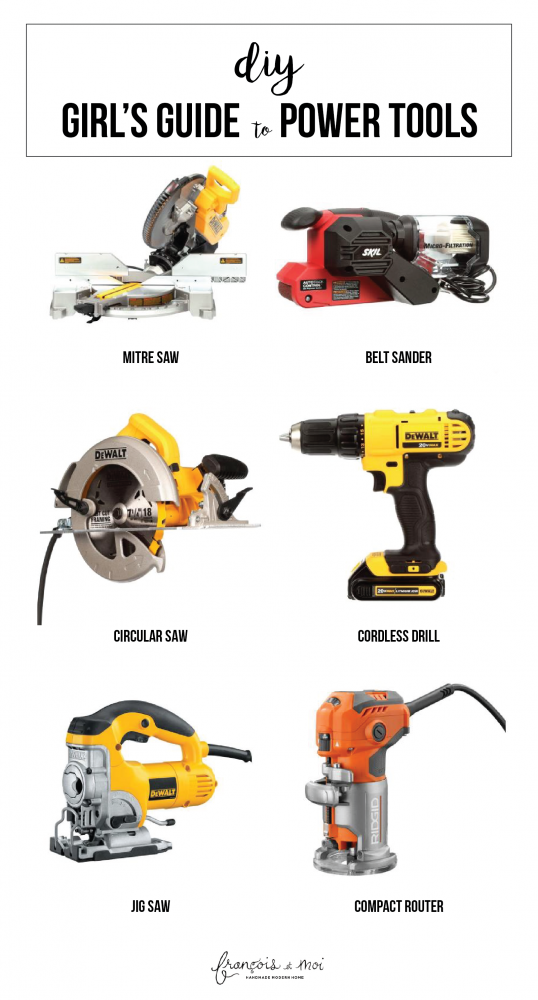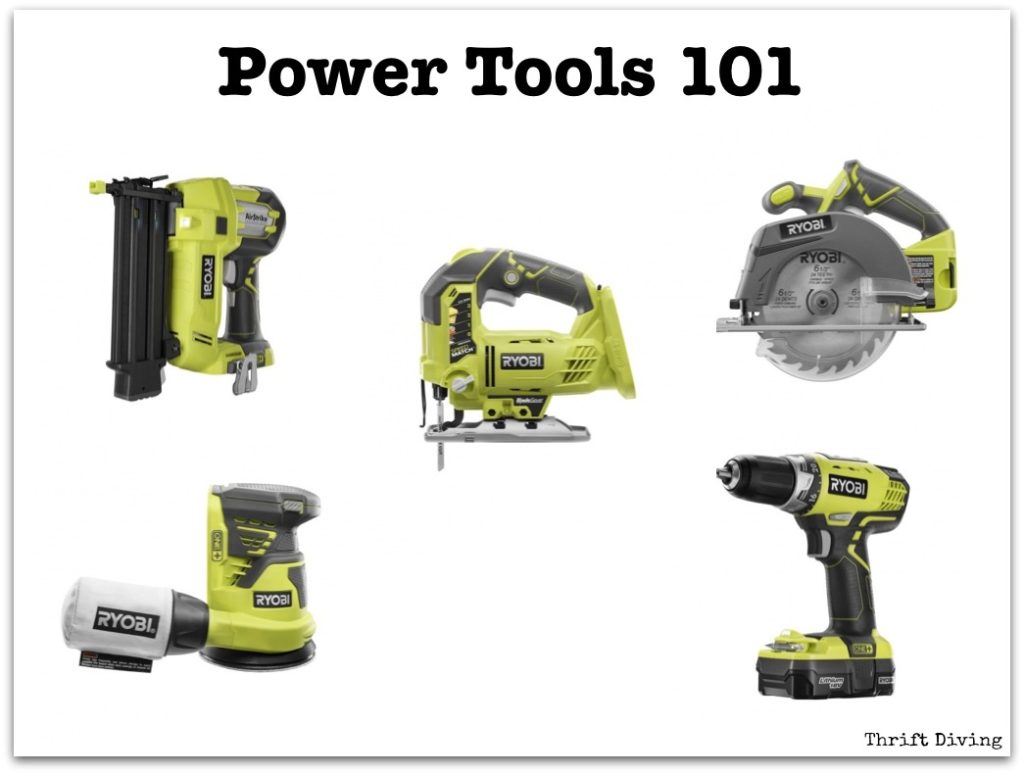Have you ever wondered what power tools actually do? Well, wonder no more! In this article, we’ll dive into the exciting world of power tools and explore how they help us get things done faster, easier, and more efficiently. So, let’s grab our tool belts and jump right in!
When it comes to tackling DIY projects or professional jobs, power tools are like superheroes with special abilities. They are machines that use electricity, batteries, or compressed air to perform tasks that would otherwise require a lot of time and effort. From drilling holes to sawing wood, sanding surfaces to driving screws, power tools are designed to make our lives easier and our projects shine.
From the whir of a drill to the buzz of a circular saw, power tools are the heartbeat of any workshop or construction site. These incredible machines are packed with power and precision, helping us transform raw materials into finished products. Whether you’re a professional craftsman or a DIY enthusiast, power tools are the secret weapons that turn your ideas into reality. So, let’s get ready to unleash the power of these incredible tools and explore what they can do for you!

What Does Power Tools Do?
Power tools are essential tools used in various industries and household tasks to simplify and expedite work. With their ability to provide mechanical advantage and speed, power tools have revolutionized the way we tackle projects. From drilling holes to cutting materials, power tools enable us to accomplish tasks with greater efficiency and precision. In this article, we will delve into the world of power tools, exploring their functionality, benefits, and important considerations when using them.
Types of Power Tools
When it comes to power tools, there is a wide range of options available, each designed for specific purposes. Understanding the different types of power tools can greatly enhance your ability to choose the right tool for your needs.
Drills
Drills are perhaps the most commonly used power tool and are indispensable for tasks such as drilling holes and driving screws. Powered by electricity or batteries, drills come in various sizes and have different speed and torque settings, making them versatile and suitable for a variety of applications. Some drills even offer additional features like hammer action for masonry drilling.
When using a drill, it is important to choose the appropriate drill bit for the material you are working with. For example, a wood drill bit should be used for drilling into wood, while a masonry bit is necessary for drilling into concrete or brick. Additionally, wearing appropriate safety gear, such as safety goggles and ear protection, is essential to protect yourself from any potential hazards.
Overall, drills offer convenience and efficiency, enabling you to complete tasks quickly and accurately. Whether you are a DIY enthusiast or a professional contractor, having a drill in your tool arsenal is highly recommended.
Saws
Saws are essential for cutting through various materials, such as wood, plastic, and metal. Power saws come in different types, including circular saws, jigsaws, and reciprocating saws, each suitable for different cutting applications.
Circular saws, for example, are handheld and feature a rotating blade, making them ideal for cutting straight lines through materials. Jigsaws, on the other hand, have a smaller, reciprocating blade that moves up and down, allowing for more intricate and curved cuts. Reciprocating saws, also known as sawzalls, have a blade that moves back and forth, making them ideal for demolition and cutting in tight spaces.
When using power saws, always make sure to use the appropriate blade for the material you are cutting. Additionally, ensure that the saw is properly secured and that you have a firm grip on it to prevent accidents. Proper safety precautions, such as wearing gloves and goggles, are also essential.
Nail Guns
Nail guns are a game-changer when it comes to woodworking and construction projects. These power tools allow for quick and efficient nailing, eliminating the need for manual hammering. Whether you are framing a house or working on smaller projects like building furniture, nail guns provide speed and accuracy.
When using a nail gun, it is crucial to familiarize yourself with its operation and safety guidelines. Always ensure that the nail gun is properly loaded and that you have a secure grip on it. Be mindful of your fingers and other body parts, as nail guns can cause serious injuries if not used correctly.
By using a nail gun, you can save significant time and effort, making it an indispensable tool in the construction industry.
The Advantages of Power Tools
Power tools offer numerous advantages over traditional hand tools, making them a preferred choice for professionals and DIY enthusiasts alike. Let’s explore some of the key benefits of using power tools:
Efficiency and Speed
Power tools, as the name suggests, are powered by electricity or batteries, enabling them to perform tasks with much greater speed and efficiency compared to traditional hand tools. This allows users to complete projects in less time and with less physical effort.
For example, driving screws with a power drill is significantly faster than using a manual screwdriver. Similarly, cutting through wood with a power saw is much quicker and requires less exertion compared to using a hand saw.
Whether you are a professional contractor looking to maximize productivity or a DIY enthusiast aiming to complete projects efficiently, power tools are essential in saving time and energy.
…More content…
Choosing the Right Power Tool for Your Needs
When it comes to selecting the right power tool for your specific needs, there are a few important factors to consider:
Task Requirements
First and foremost, consider the tasks you will be undertaking. Different power tools are designed for different applications, so it’s essential to choose a tool that is specifically suited for the task at hand.
For example, if you primarily work with wood and require precise cuts, a jigsaw or a circular saw would be appropriate. However, if you frequently work with metal, a power tool with a blade designed for metal cutting would be more suitable.
Understanding the requirements of your tasks will help you make an informed decision when choosing a power tool.
Budget
Another important consideration is your budget. Power tools vary widely in terms of price, depending on the brand, features, and quality. Set a budget range that you are comfortable with and look for power tools that fall within that range.
While it can be tempting to opt for the cheapest option available, keep in mind that quality and durability are crucial. Investing in a reputable brand that offers high-quality tools may save you money in the long run, as you won’t have to replace them as frequently.
Research different models and read reviews from other users to get a sense of the best value for your budget.
Safety Features
Safety should always be a top priority when working with power tools. Look for tools that come with safety features such as blade guards, anti-kickback mechanisms, and ergonomic designs.
Additionally, make sure to read the manufacturer’s instructions and familiarize yourself with proper operation and safety precautions. Always wear appropriate personal protective equipment (PPE), such as safety goggles, gloves, and ear protection, when using power tools.
By choosing power tools with safety features and following proper safety protocols, you can minimize the risk of accidents and injuries.
Conclusion
Power tools have revolutionized the way we approach various tasks, offering efficiency, speed, and accuracy. With a wide variety of power tools available, it’s important to understand their functionalities and choose the right tool for your specific needs. Remember to prioritize safety and invest in high-quality tools that will last. Whether you are a professional or a DIY enthusiast, power tools can greatly enhance your productivity and enable you to tackle projects with ease.
Key Takeaways:
- Power tools are tools that run on electricity or battery power to perform various tasks.
- They are used for cutting, drilling, sanding, and shaping materials like wood, metal, and concrete.
- Power tools save time and effort compared to manual tools, making tasks easier and more efficient.
- They come in different types such as drills, saws, sanders, and grinders, each designed for specific purposes.
- Using power tools requires proper safety precautions, including wearing protective gear and following instructions.
Frequently Asked Questions
Welcome to our FAQ section where we answer common questions about power tools and their functionalities. If you’ve ever wondered what power tools do and how they can benefit you, look no further.
1. Why should I use power tools instead of manual tools?
Power tools offer numerous advantages over manual tools. Firstly, they save you time and effort. With power tools, tasks that would take hours with hand tools can be completed in a matter of minutes. Additionally, power tools provide more precision and accuracy, ensuring high-quality results. They also make it easier to handle heavy-duty tasks, as the machinery does most of the work for you. So, if you want to increase efficiency and productivity, power tools are the way to go.
Moreover, power tools often come equipped with various features and attachments that allow for versatility. Whether you’re cutting, drilling, sanding, or even painting, you can find a power tool that meets your specific needs. This versatility makes power tools invaluable for both professional craftsmen and DIY enthusiasts.
2. What are some common types of power tools and what do they do?
There is a wide range of power tools available, each designed for specific purposes. Some common types include:
– Drills: Used for creating holes in various materials such as wood, metal, or masonry.
– Sanders: These tools are used to smooth surfaces or remove paint and varnish.
– Saws: Available in different types (circular, jigsaw, reciprocating, etc.), they are used for cutting various materials.
– Nail guns: Ideal for quickly and efficiently driving nails into wood or other materials.
– Grinders: Used for tasks such as grinding, polishing, or shaping various materials.
– Impact wrenches: Designed for fastening and loosening bolts, they provide high torque output.
These are just a few examples, and the list goes on. Different power tools cater to different needs, so it’s important to choose the right tool for the task at hand.
3. Are power tools safe to use?
When used correctly and with proper precautions, power tools are generally safe to use. However, it’s crucial to follow safety guidelines and take necessary precautions to prevent accidents and injuries. Some key safety measures include:
– Wearing appropriate personal protective equipment (PPE) such as safety glasses, gloves, and ear protection.
– Familiarizing yourself with the specific tool’s user manual and following all instructions provided.
– Ensuring that power tools are in good working condition, with no damaged cords or parts.
– Using the correct type and size of accessories, such as drill bits or saw blades, for the intended task.
– Keeping a clean and organized work area to prevent trips and falls.
If you’re unsure about how to safely operate a specific power tool, it’s advisable to seek guidance from a professional or attend training sessions to acquire the necessary knowledge and skills.
4. Can power tools be used by beginners?
Absolutely! Power tools can be used by beginners as long as they are used responsibly and with caution. Starting with simpler power tools like drills or sanders can be a great way for beginners to gain confidence and familiarize themselves with the equipment. It’s important to start with manageable projects and gradually progress to more complex tasks as skills improve.
Furthermore, taking the time to learn the basics of each tool, reading the user manuals, and practicing safe usage techniques are essential steps for beginners. By starting slowly, seeking guidance if needed, and continuously improving their skills, beginners can become proficient in using power tools and tackle a wide range of projects with confidence.
5. How can power tools benefit DIY enthusiasts?
Power tools offer several benefits to DIY enthusiasts, making it easier and more enjoyable to complete various projects around the house. Firstly, they provide greater efficiency, allowing DIYers to accomplish tasks faster and with less effort. This means more time for other activities or tackling additional projects.
Power tools also provide a higher level of precision, helping DIYers achieve professional-looking results. This is especially valuable when working with delicate materials or intricate designs. Additionally, power tools often offer versatility, allowing DIY enthusiasts to tackle multiple tasks with a single tool or switch between functions with ease.
Furthermore, using power tools can enhance creativity by enabling DIYers to explore new possibilities and take on more ambitious projects. From simple repairs to complex woodworking or home renovation, the possibilities are endless with the right power tools in hand.

You Only NEED 2 POWER TOOLS!! (Here’s What They Are…2 MOST IMPORTANT Power Tools)
Summary
Power tools are useful machines that help make tasks easier and quicker. They come in different types and sizes, such as drills, saws, and sanders.
Power tools are powered by electricity or batteries and can be used for various purposes, like building furniture, fixing things, or even woodworking. They are designed with sharp blades or rotating parts, so it’s important to use them safely and follow instructions.
Overall, power tools are handy devices for getting jobs done efficiently and effectively. Just remember to use them responsibly and always prioritize safety.
